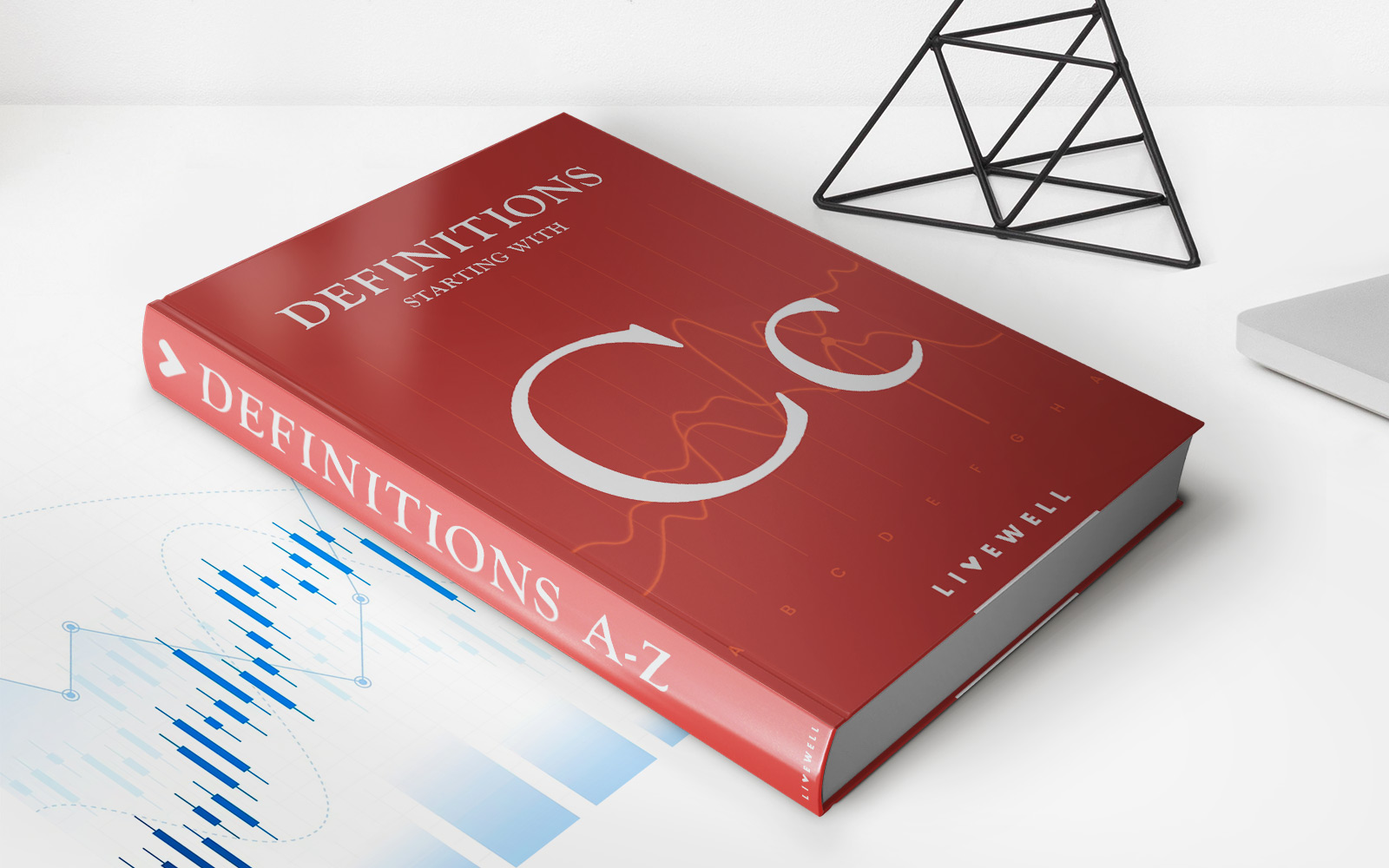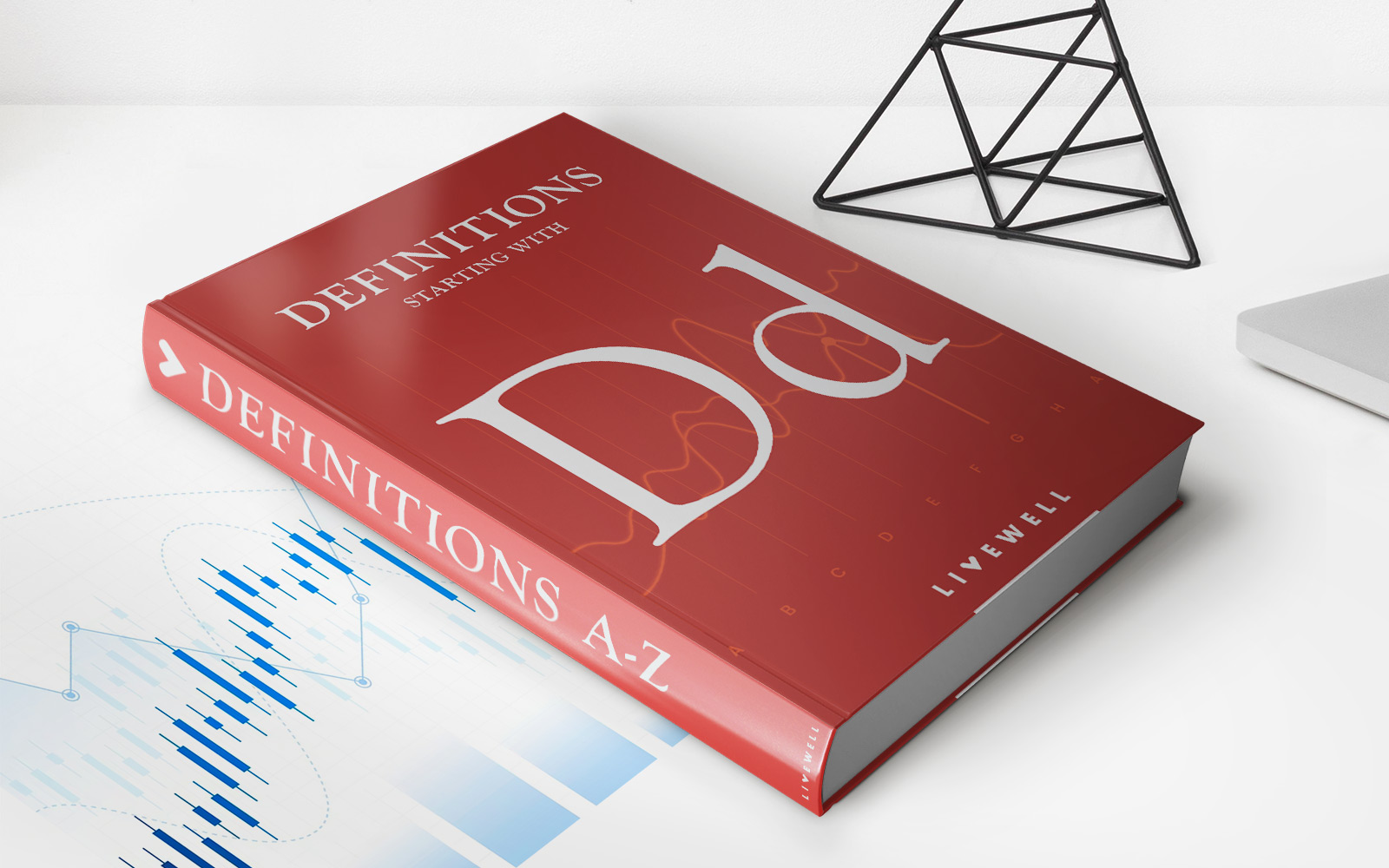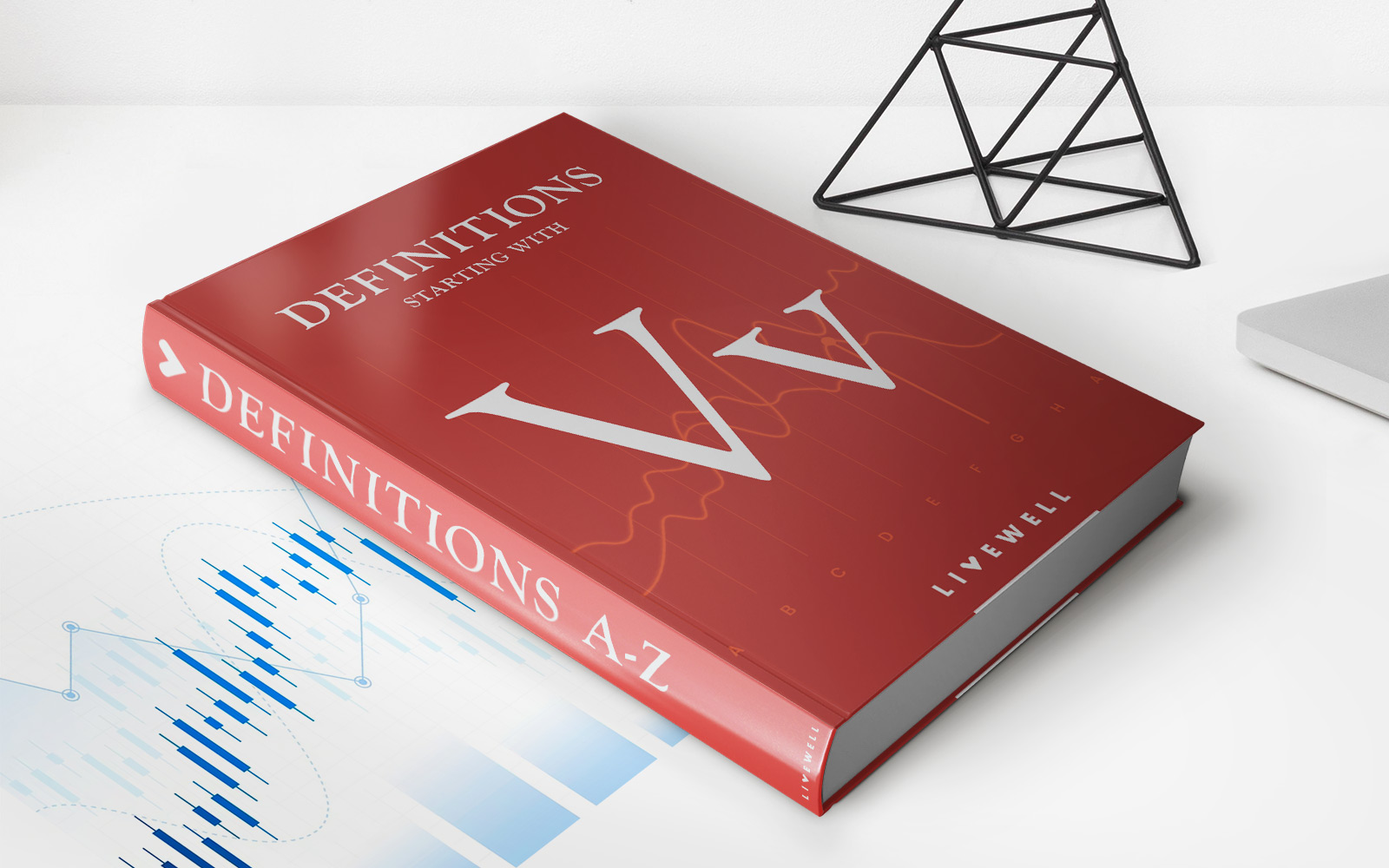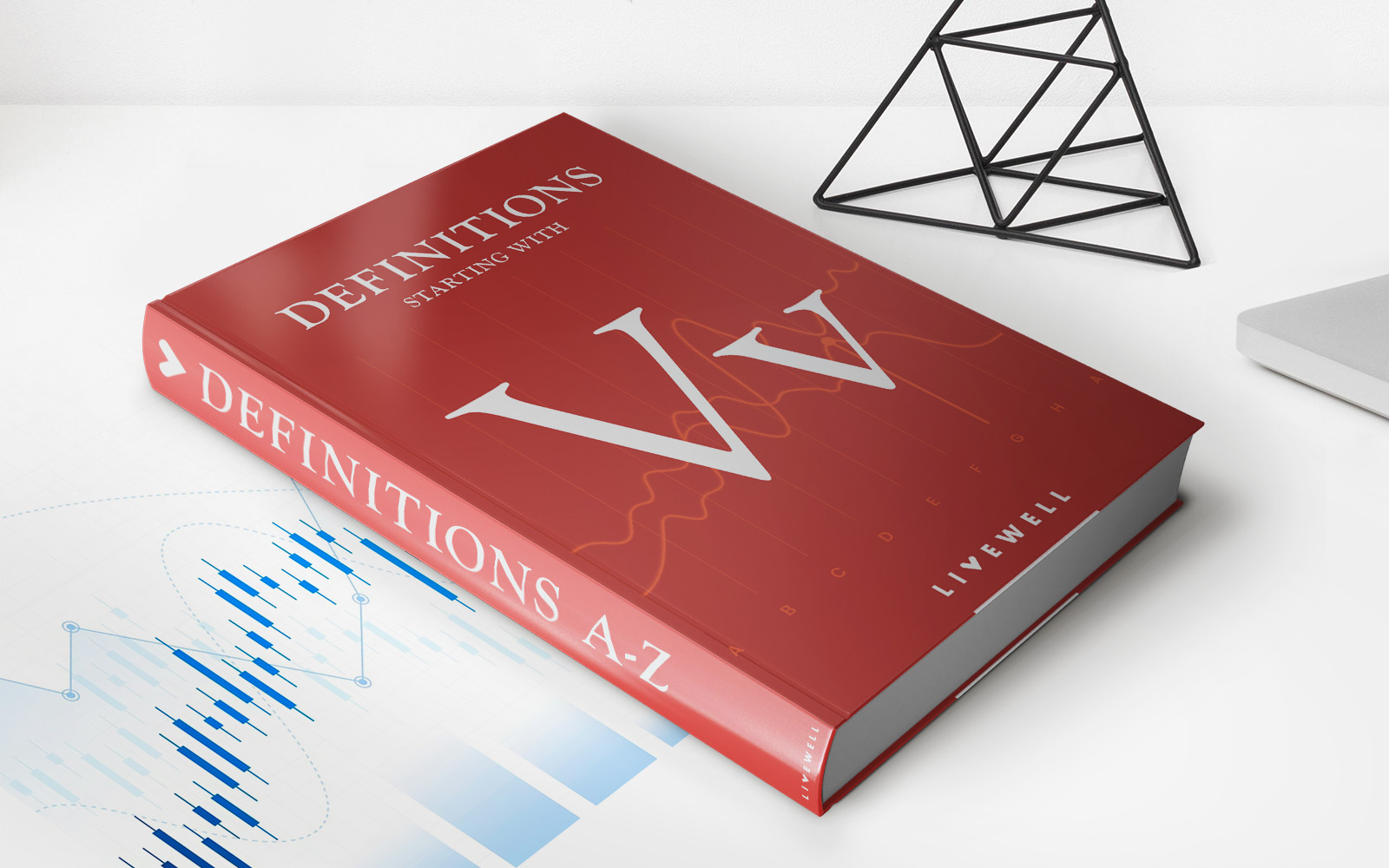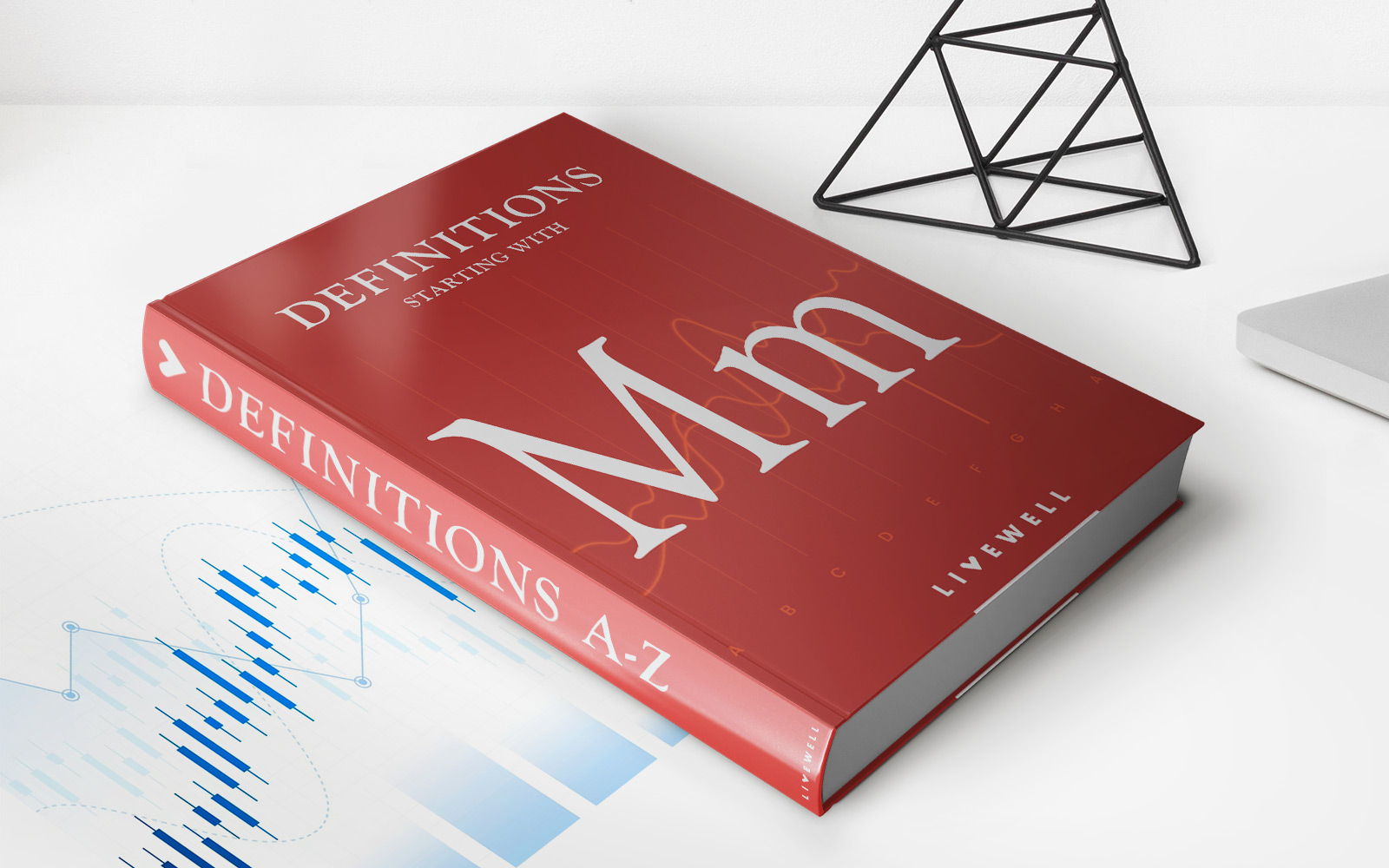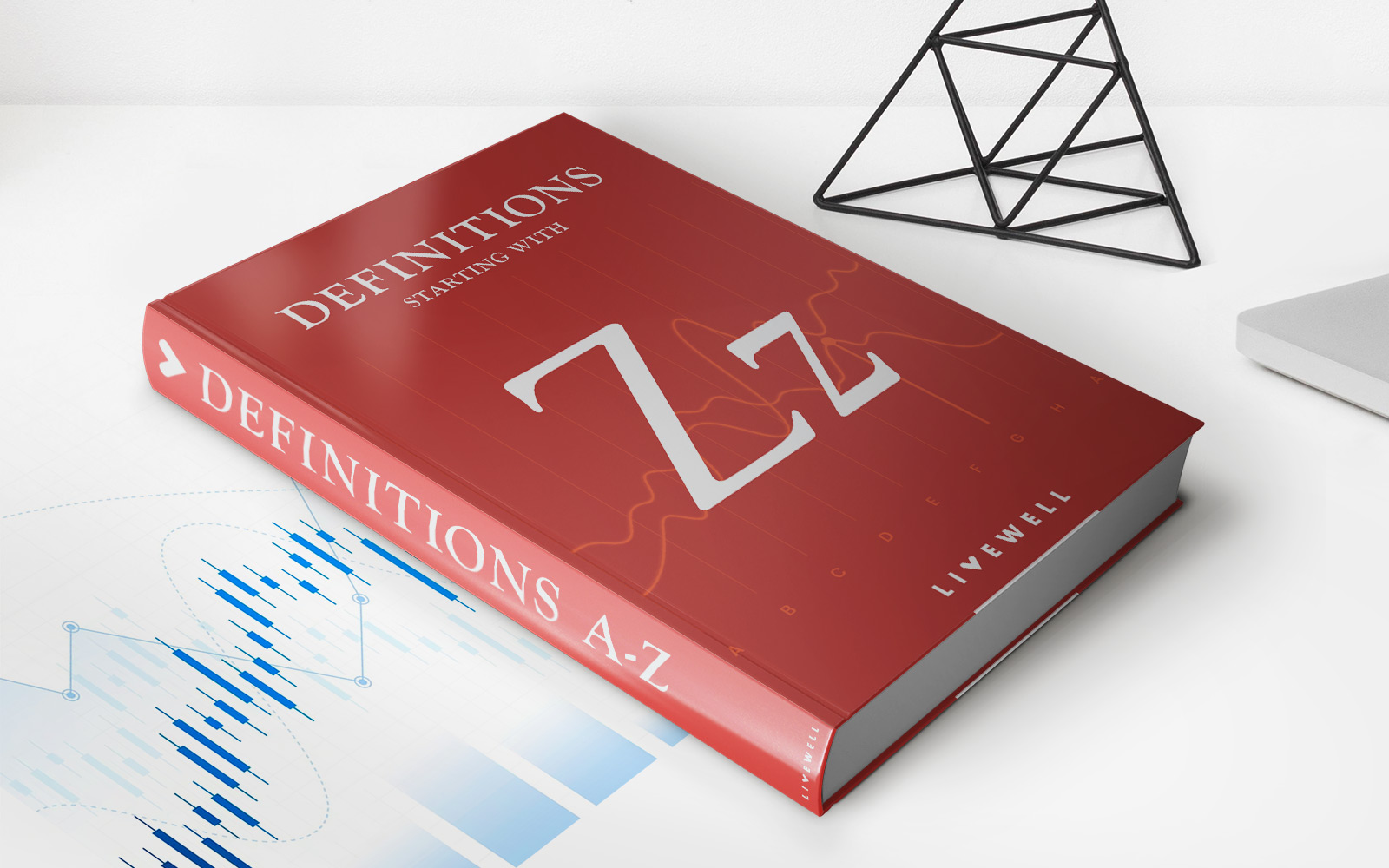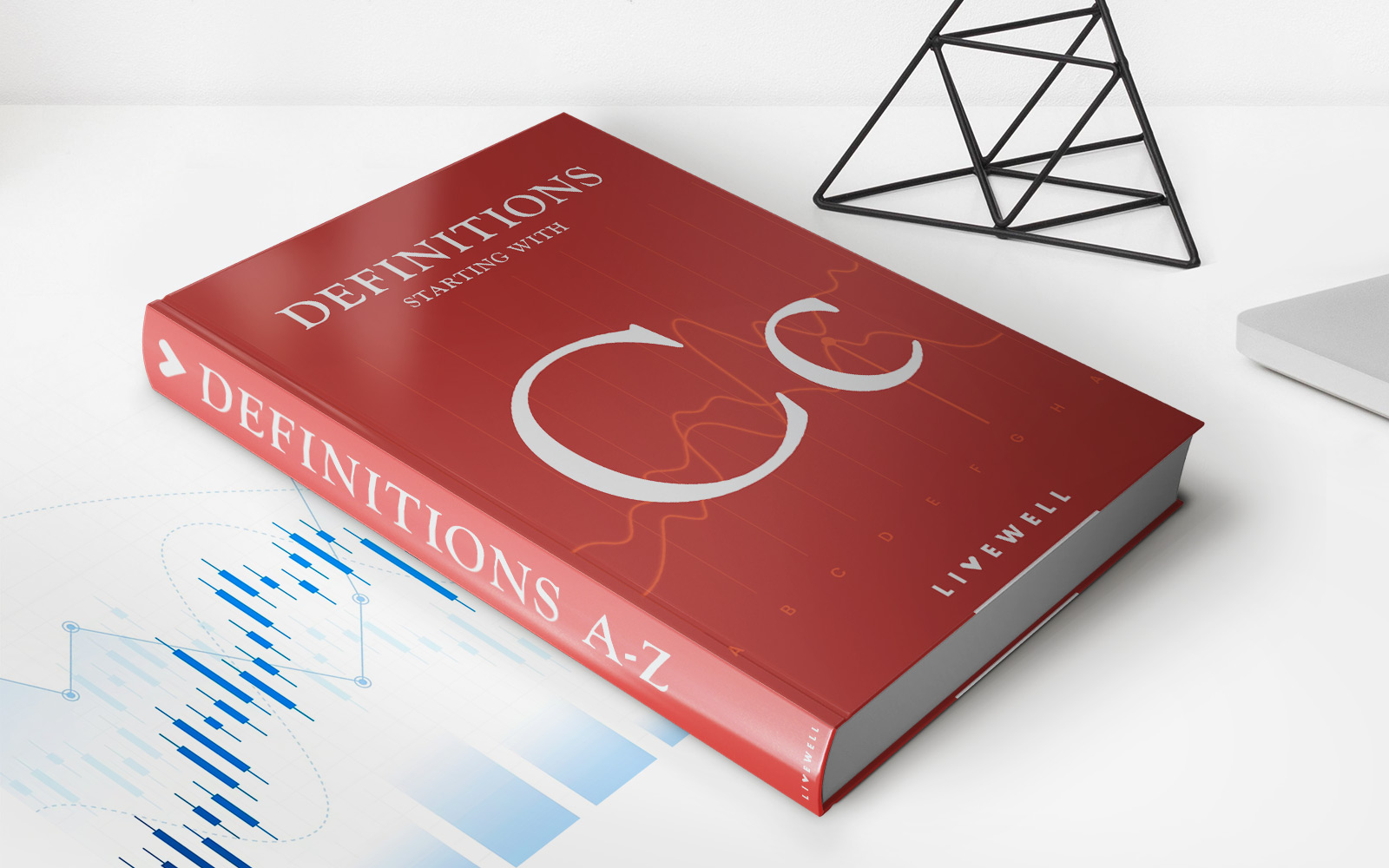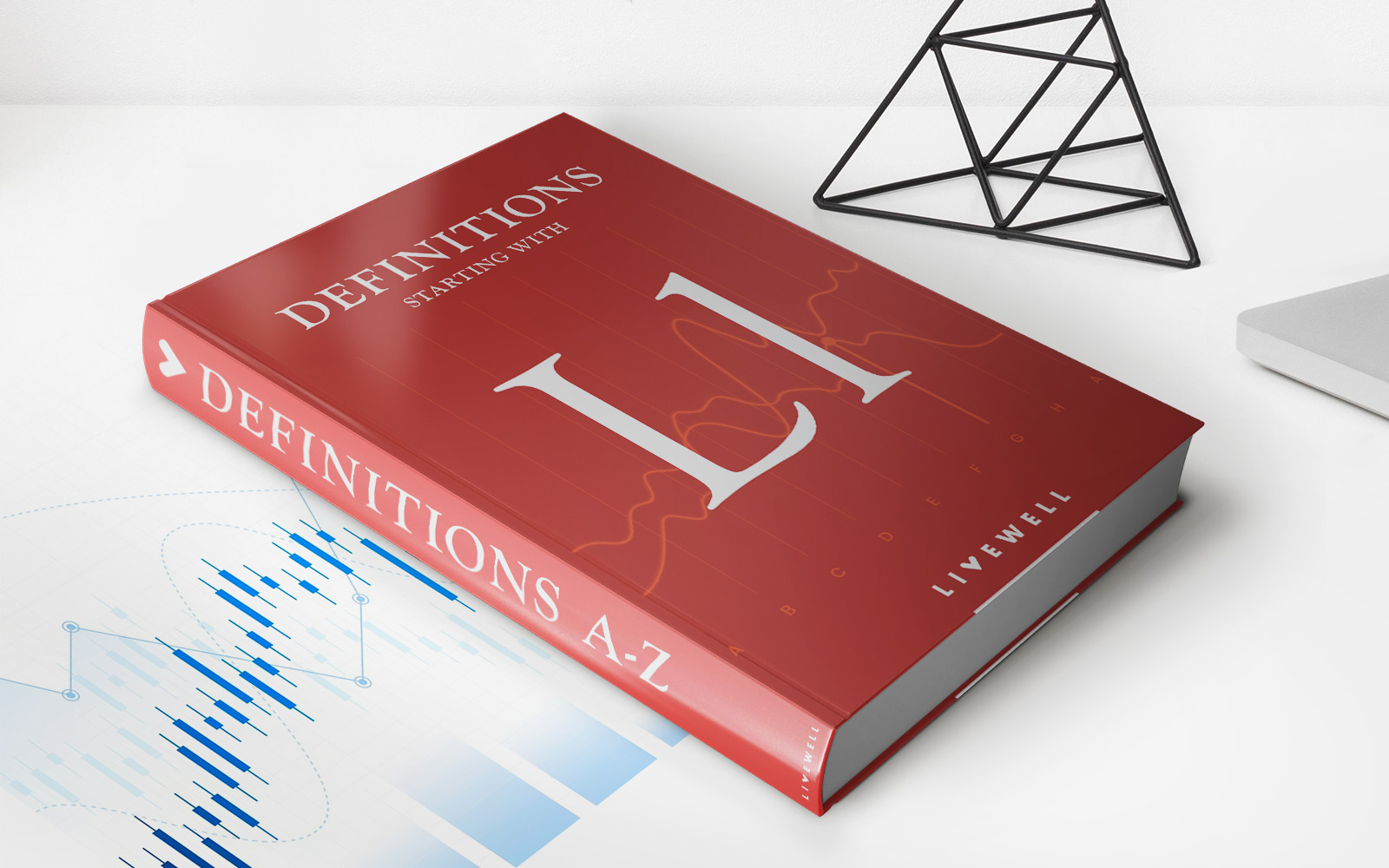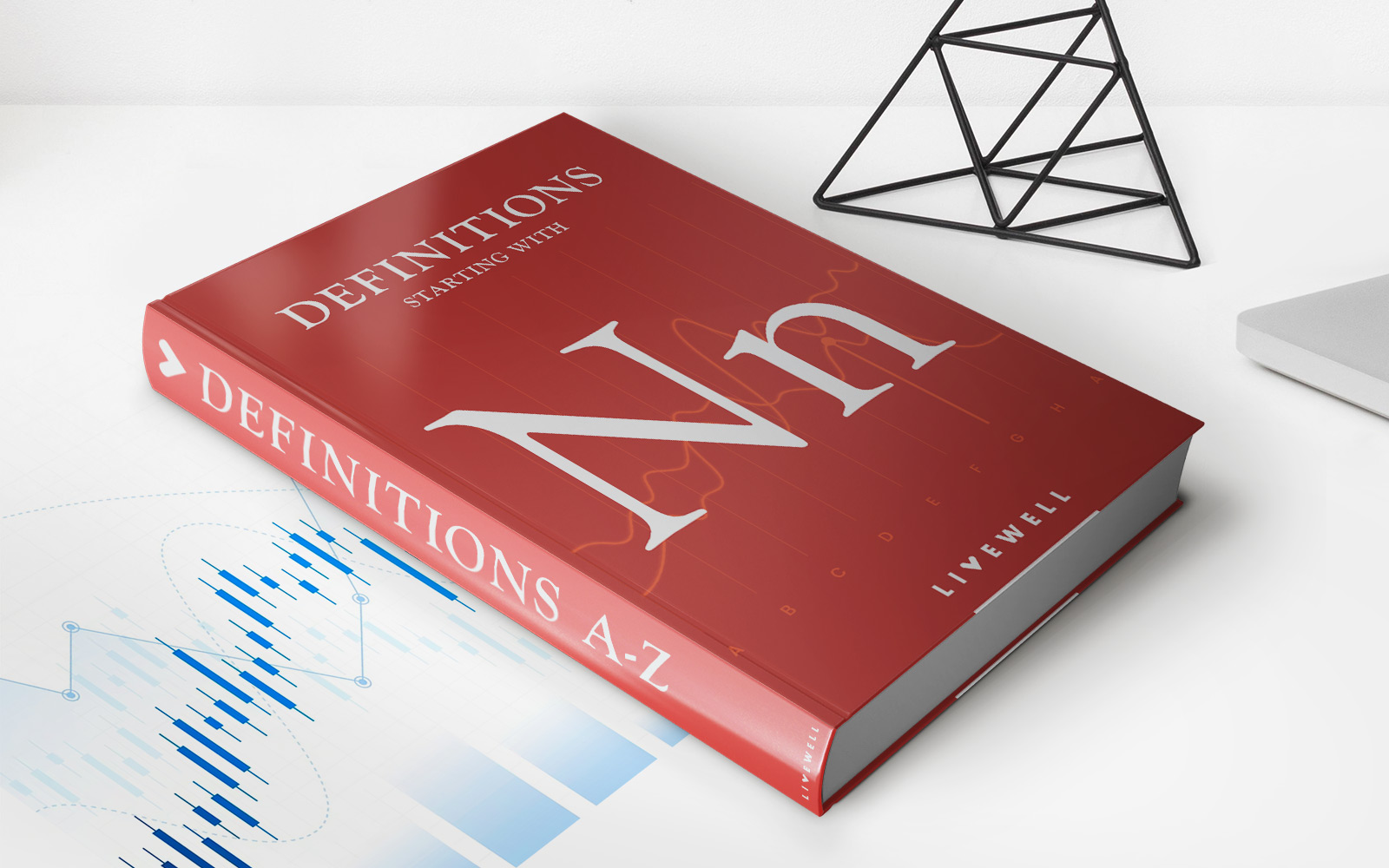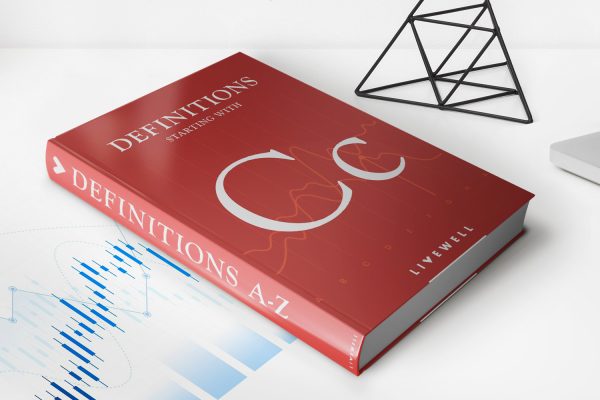Home>Finance>Vertical Merger: Definition, How It Works, Purpose, And Example
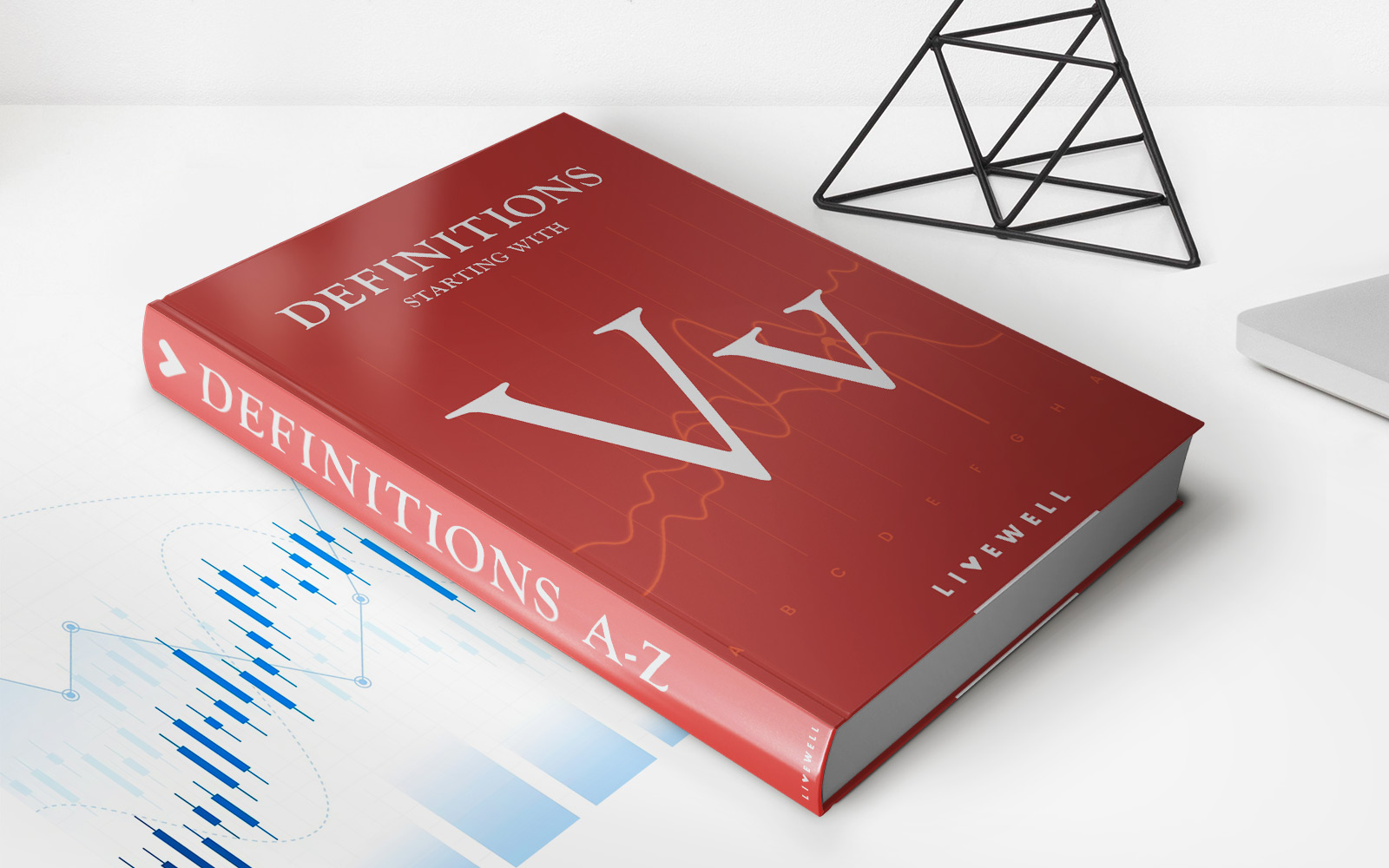

Finance
Vertical Merger: Definition, How It Works, Purpose, And Example
Published: February 16, 2024
Learn all about vertical mergers in finance - definition, how they work, purpose, and get an example. Stay informed and make strategic business decisions.
(Many of the links in this article redirect to a specific reviewed product. Your purchase of these products through affiliate links helps to generate commission for LiveWell, at no extra cost. Learn more)
Vertical Merger: Definition, How It Works, Purpose, and Example
When it comes to finance, there are various terms tossed around that may sound intimidating to the average person. One such term is a vertical merger. But fear not! In this blog post, we will demystify the concept of a vertical merger, explaining what it is, how it works, its purposes, and even provide you with a real-life example.
Key Takeaways:
- A vertical merger is the joining of two companies that operate in different stages of the same supply chain.
- This type of merger allows companies to streamline operations, reduce costs, and gain a competitive edge.
What is a Vertical Merger?
A vertical merger is a corporate strategy where two companies that operate at different levels of the same supply chain come together to form a single entity. In simple terms, it is a merger between a company that produces goods or services and another company that either supplies raw materials or distributes the final product. This integration allows for greater control and efficiency over the entire production process.
In a vertical merger, the companies involved typically have a buyer-supplier relationship prior to the merger. By joining forces, they aim to create a more streamlined and cost-effective operation. This consolidation helps eliminate intermediaries and smoothens communication between different stages of production, leading to improved productivity and profitability.
How Does a Vertical Merger Work?
When two companies merge vertically, they combine their resources, capabilities, and expertise to create a unified entity. This can involve various stages, including:
- Integration: The two companies integrate their operations, often by aligning their technologies, systems, and processes. This integration ensures a seamless transition and effective collaboration between the different stages of the supply chain.
- Cost Synergies: One of the main goals of vertical mergers is to optimize costs. By eliminating duplicate functions, streamlining processes, and consolidating purchasing power, the merged entity can achieve significant cost savings.
- Improved Market Position: Through a vertical merger, companies can strengthen their market position by gaining a competitive edge over rivals. The integrated supply chain allows for better coordination, faster response times, and enhanced customer satisfaction.
Purpose of a Vertical Merger
The primary purpose of a vertical merger is to enhance efficiency and coherence throughout the supply chain. Let’s take a closer look at the key purposes:
- Streamline Operations: By consolidating different stages of the supply chain, companies can minimize hand-offs and the potential for delays or miscommunication. This leads to a smoother flow of materials, reduced lead times, and improved overall operational efficiency.
- Cost Reduction: Vertical mergers eliminate redundant functions, reduce overhead costs, and enable economies of scale. Through this consolidation, companies can optimize their purchasing power, negotiate better deals with suppliers, and achieve cost savings.
- Increased Control: By merging vertically, companies gain greater control over the entire production process. This control allows for better quality assurance, faster response to market changes, and the ability to adapt to shifting customer demands.
Real-Life Example: AT&T and Time Warner
A notable example of a vertical merger is the merger between telecommunications giant AT&T and media conglomerate Time Warner. In 2018, AT&T acquired Time Warner, allowing the company to combine its distribution networks and content creation capabilities.
By merging, AT&T gained ownership of Time Warner’s vast library of content, including popular television networks, movie studios, and streaming services. This integration enabled AT&T to control the entire value chain, from content creation to distribution, creating a vertically integrated media powerhouse.
This merger granted AT&T a competitive advantage by offering differentiated and exclusive content to its subscribers. It also allowed the company to leverage its distribution network to promote Time Warner’s content effectively.
In Conclusion
A vertical merger is a strategic move where two companies operating at different stages of the same supply chain merge, aiming to improve efficiency, reduce costs, and gain a competitive edge. This type of merger streamlines operations, enhances control, and allows for better coordination throughout the production process. The AT&T and Time Warner merger serves as an excellent example of how vertical integration can create a dominant force in the market.
